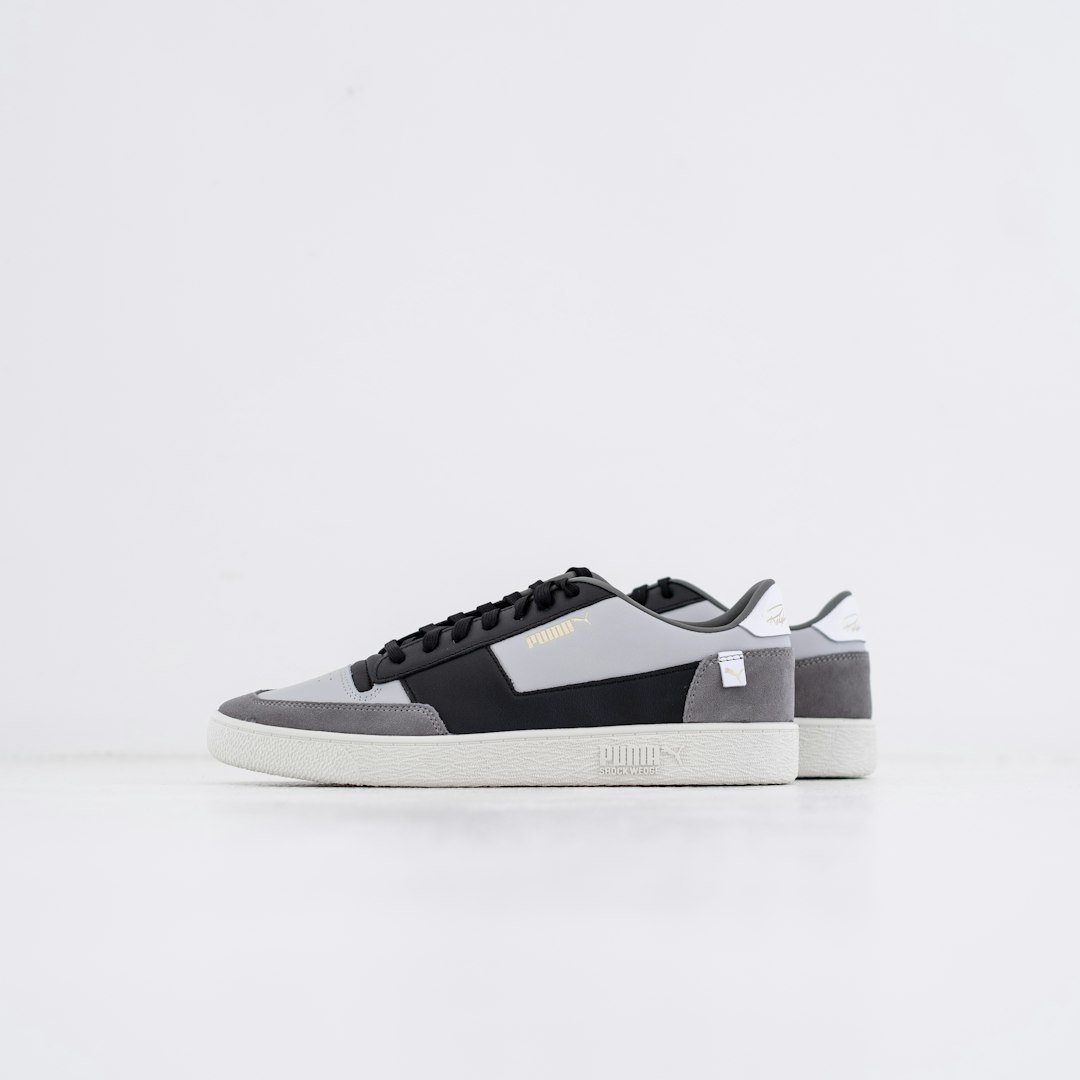
H1: Is Green Fast Fashion Possible?
Recently, the fashion industry has been under increasing scrutiny regarding its sustainability practices. With rising concerns about climate change, waste accumulation, and the depletion of natural resources, the pivotal question arises: can fast fashion—a sector characterized by its quick production cycles and budget-friendly apparel—ever achieve true sustainability? While fast fashion brands have historically been critiqued for their detrimental environmental impact, some are beginning to implement more sustainable practices. This article will delve into the potential for eco-friendly fast fashion, assess the sustainability initiatives of leading brands, and determine whether these efforts can lead to substantial change.
H2: Understanding Fast Fashion
Fast fashion entails the rapid production of inexpensive, trend-focused clothing in response to ever-changing fashion trends. Retailers like Zara, H&M, and Forever 21 exemplify this model, providing low-cost, disposable garments intended for brief wear. Often produced in overseas sweatshops, these items are frequently discarded after minimal use, fueling a cycle of excessive production and consumption.
H2: The Environmental Toll of Fast Fashion
While fast fashion has transformed consumer shopping habits, its ecological repercussions are alarming. Below, we outline the key ways in which fast fashion adversely affects the environment.
H3: The Carbon Footprint of Fast Fashion
The fashion sector is responsible for approximately 10% of global carbon emissions, with fast fashion playing a significant role due to its mass production techniques and extensive transportation networks. From manufacturing to shipping and retail, each phase of the supply chain exacerbates the carbon footprint associated with individual garments.
H3: Water Consumption and Waste Generation
The fashion industry is among the largest water consumers worldwide. The dyeing and manufacturing processes demand substantial water resources, much of which becomes heavily contaminated before entering natural water systems. Furthermore, the waste produced by fast fashion is staggering; a large percentage of created clothing ends up in landfills, where synthetic fibers like polyester can take centuries to decompose.
H2: Can Fast Fashion Achieve Sustainability?
Although the environmental damage caused by fast fashion is significant, achieving sustainability is not an unattainable goal. It necessitates a fundamental rethinking of brand operations, from production methodologies to consumer practices.
H3: The Role of Consumers
Consumer influence is crucial in the pursuit of sustainability. While the affordability of fast fashion remains a strong draw for many, awareness of its environmental impact is on the rise. Increasingly, consumers are demanding greater transparency regarding brands’ environmental practices, prompting companies to adopt more sustainable measures.
H3: Ethical Labor Standards
In addition to environmental issues, labor practices in fast fashion factories have faced substantial criticism. Many brands rely on sweatshops, where workers endure poor wages and harsh working conditions. Transitioning to ethical labor practices—such as fair compensation, improved working environments, and enhanced worker safety—is essential for making fast fashion genuinely sustainable.
H2: Brands Leading the Charge in Sustainable Fashion
Despite the predominance of unsustainable practices in the industry, several brands are taking significant steps toward integrating sustainability into their business models. Let’s examine a few brands that are striving to make a positive impact.
H3: Patagonia: A Leader in Sustainable Practices
Patagonia has established itself as a frontrunner in sustainable fashion. The brand is dedicated to utilizing recycled materials, minimizing its carbon emissions, and advocating for fair labor practices, setting a high standard in the industry. Furthermore, Patagonia encourages consumers to repair and reuse their products, reinforcing its role as a pioneer of the eco-friendly movement.
H3: H&M’s Conscious Collection
H&M has made notable efforts with its Conscious Collection, which features sustainable materials like organic cotton, recycled polyester, and Tencel. The company has committed to enhancing the sustainability of its entire product range by 2030. Nevertheless, critics argue that these initiatives may be more indicative of greenwashing than genuine transformation, particularly in light of the brand’s broader environmental footprint.
H3: Zara’s Commitment to Sustainability
Zara, part of the Inditex group, has initiated sustainability efforts through its Join Life program, which emphasizes the use of eco-friendly materials such as organic cotton and recycled textiles. However, Zara continues to face criticism regarding its extensive clothing production practices and the overall environmental impact of its supply chain.
H2: The Future of Fast Fashion
Although transitioning to sustainable practices within fast fashion poses challenges, it is far from impossible. Below are some potential pathways for industry evolution.
H3: Innovations in Fabrics and Materials
Adopting sustainable materials is crucial for mitigating the fashion industry’s environmental impact. Innovations such as hemp, organic cotton, and biodegradable fabrics are beginning to replace traditional synthetic fibers. Additionally, some companies are investigating lab-grown materials that require fewer resources for production.
H3: Embracing Circular Fashion
Circular fashion is a model that prioritizes the entire lifecycle of clothing, focusing on reuse, repair, and recycling. Brands like Stella McCartney and Levi’s are at the forefront of this movement, advocating for recycling garments and purchasing second-hand items to minimize waste.
H2: Conclusion: Is Fast Fashion Capable of Going Green?
The journey toward sustainability in the fast fashion industry is fraught with obstacles. While brands such as Patagonia and H&M’s Conscious Collection demonstrate potential, the sector as a whole remains far from achieving true eco-friendliness. The solution lies in overhauling production and consumption models, enhancing transparency, and encouraging shifts in consumer behavior. Though the path forward is uncertain, with concerted efforts from both brands and consumers, a more sustainable fast fashion industry is within reach.
H2: Frequently Asked Questions
- What is fast fashion?
- Fast fashion describes the rapid and inexpensive production of clothing in response to fleeting trends, often overlooking environmental and ethical labor concerns.
- Can fast fashion ever be truly sustainable?
- While achieving complete sustainability in fast fashion is challenging, it can be approached through advancements in materials, ethical labor practices, and embracing circular fashion principles.
- Which brands lead in sustainable fashion?
- Patagonia, H&M (with its Conscious Collection), and Zara (through its Join Life initiative) are recognized as leaders making strides toward sustainability.
- What does circular fashion mean?
- Circular fashion is a concept focused on recycling, reusing, and repairing garments with the aim of minimizing waste and reducing the fashion industry’s environmental impact.
- How can consumers promote sustainability in fashion?
- Consumers can support sustainable brands, opt for fewer but higher-quality purchases, and recycle or donate old clothing to mitigate waste.


